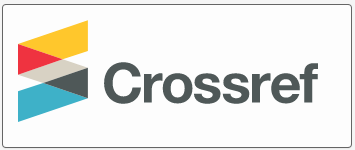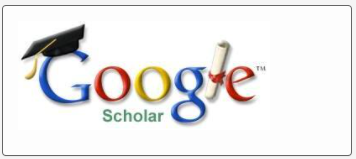Guideline
- Structure and Formatting
- Articles should be written in English.
- The article should include the following sections:
- Title, Author list, Abstract, Keywords, Main text, Results and Discussion, Conclusion, References.
Content- Articles should focus on original research or reviews.
- Research should be related to the intersection of chemistry and human health, including biochemistry, molecular biology, pharmacology, toxicology, Balneology and others.
Methodology- Each article should provide a clear description of the experimental or theoretical methodology, data analysis procedures, and interpretation of results.
Citations and References- All citations should follow the specified citation style (APA).
Editorial Process- All submissions undergo a peer review process.
Relevant Topics- Biochemistry, molecular biology, pharmacology, toxicology, public health, Balneology and environmental factors.
Publication Ethics- All articles should be original and not previously published elsewhere.
- Authors must declare any conflict of interest.
Submission Procedures- Authors should submit manuscripts via the online submission portal.
- Title Page
- Title
- Author(s): List the names of all authors, with the corresponding author indicated.
- Affiliations: Include institutional affiliations, addresses, and email addresses of the authors. For the corresponding author, include the email address.
- Abstract and Keywords
- Abstract
- Keywords: Typically, 4-6 keywords related to the research topic.
- Main Text Structure
The main text of your article is typically divided into the following sections:
- Introduction
- Methodology
- Results
- Discussion
- Conclusion
- References
- Citation Style: Use the citation style required by the journal (APA)
- APA: Used in social sciences and many other fields. Example: Smith, J. (2020). The impact of AI on education systems. Journal of Educational Technology, 15(3), 45-56.
- References should be numbered or listed alphabetically depending on the journal's requirement.
- In-text Citations: Follow the citation style for in-text references, typically author-year or numbered format.
- Formatting the Document
- Font: Use a readable font, typically Sylfaen, size 11 pt.
- Line Spacing: Use 1.5 or double spacing, depending on the journal’s guidelines.
- Margins: Standard margins (1 inch on all sides) unless stated otherwise by the journal.
- Paragraphs: Indent the first line of each paragraph (usually 0.5 inches) unless otherwise specified.
- Page Numbers: Number the pages consecutively in the top-right or bottom-center corner.
- Headings: Use a consistent heading style (e.g., bold for major headings and italics for subheadings).
- Figures and Tables
- Figures: Include clear, high-resolution images, graphs, or diagrams. Each figure should have a title and a legend, and all figures should be numbered consecutively.
- Tables: Tables should have clear headings and must be numbered. Tables should be included after the reference list or within the text, according to journal requirements.
- File Formats: Check the journal's preferred formats for figures (usually TIFF, JPEG, or PNG) and tables (often Excel or Word format).



